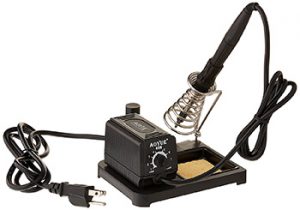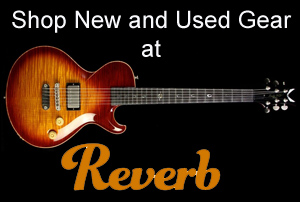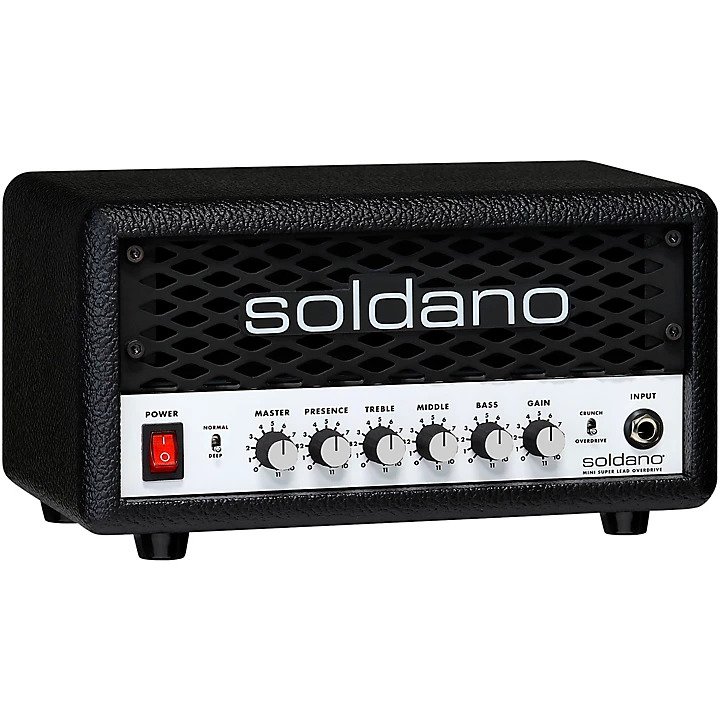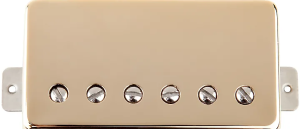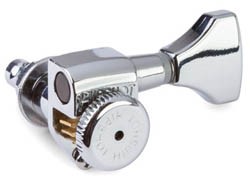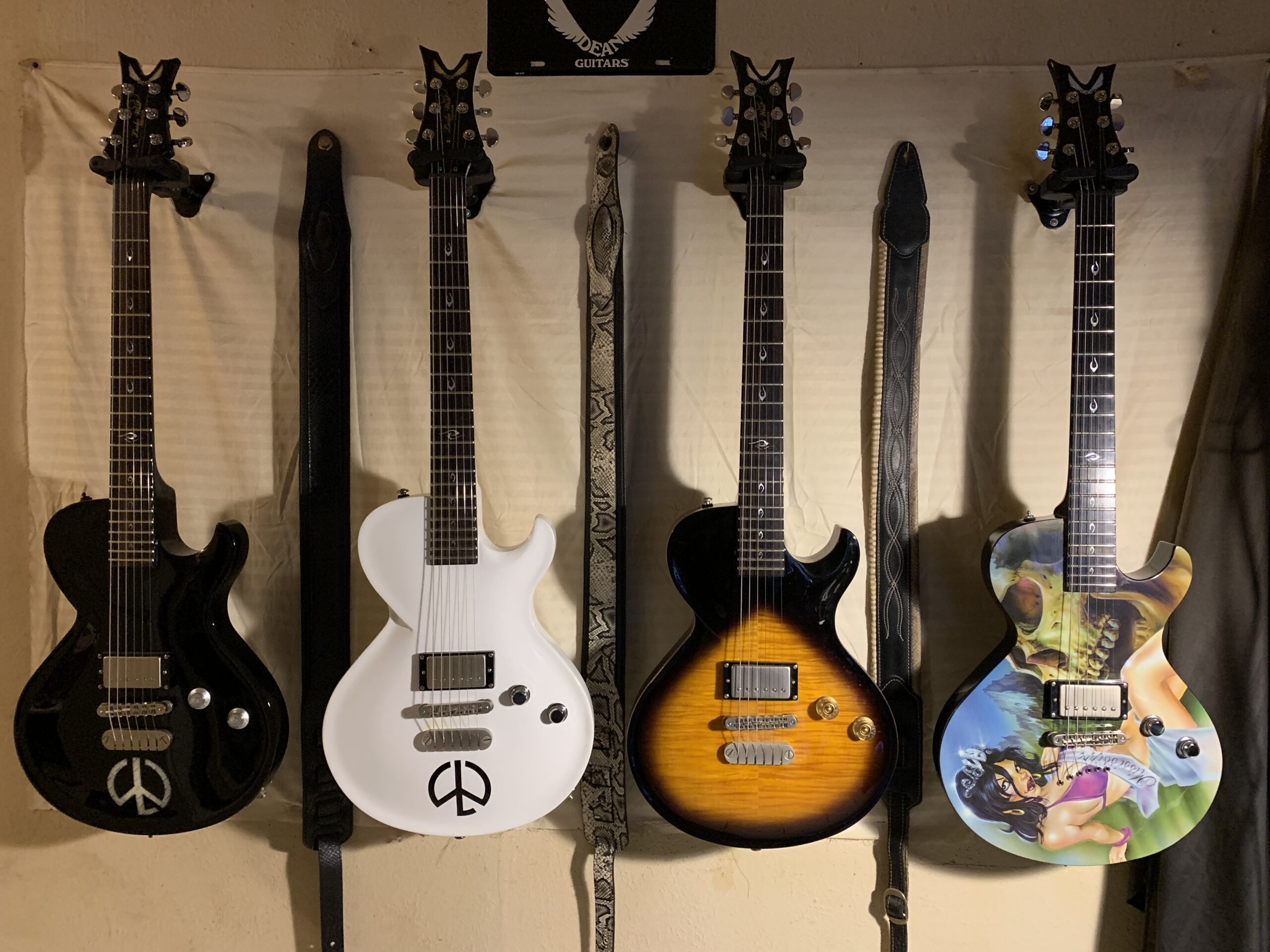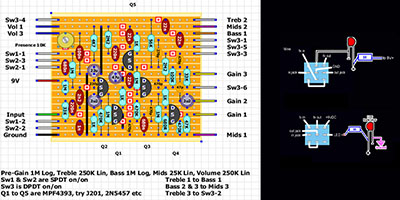
First Time DIY Modding Tips
So you want to get into diy modding your own gear
You’ve probably seen the forum conversations of dudes talking about modding their own gear or even building some themselves (like stomp boxes) and you think you’d like to get into some of that diy modding stuff too but don’t know how to get started. If you’re experienced in electronics then you don’t really need this article because you already know how to get going. But if you DON”T have knowledge or experience this post might help.
First, let’s define diy modding as it relates to music gear. It’s simple, Do-It-Yourself modifications to a piece of your gear. It applies to repairs as well. Another term you’ll hear a lot is “hot rodding”. It’s all basically the same thing: making modifications to your gear to change the behavior or function hopefully for the better.
Ok, before you jump in there are a few things to be aware of. First, you can learn to do these things as long as you can learn to use the tools properly. Soldering irons are the single most used tool in the diy modding world when it comes to music gear. You absolutely must be able to competently solder. If you need to learn there are a shitload of good websites that will help you and videos on youtube will give you a visual. You could teach yourself while doing some actual modding but you’ll end up with a bunch of stuff that doesn’t work because of cold solder joints, solder bridges, and of course burnt components. Save yourself the heartache and learn to solder first.
If you know nothing about electronic circuits and components you can still mod or build by simply paying attention on the DIY sites and reading the comments because you will learn a ton of useful info there. And of course you can use google to find information. You should learn how to read capacitor and resistor codes etc. There are a bunch of places with PDF downloadable capacitor charts and resistor color charts so you should get one or two. And you don’t have to read a schematic because most of these pedal builds are laid out for Vero board (or stripboard). And the layouts show you everything you need to know.
Once that’s out of the way you need a first project, preferably one that you can afford to screw up. Because no matter how well prepared you are there is a good chance your first build will fail. But that’s ok because it’s all part of the learning process so I suggest a simple stomp box, one with not a million components. The EarthQuaker Devices Speaker Cranker is a great first build. (I’ll link to it at the end of the article) It has minimal components and the layout is easy to follow. I came up with a neat trick to help a first time modder avoid some of the more aggravating things that come with learning this stuff and there’s a link to the article at the end of this one.
On the other hand, you may decide to start with your guitar and maybe change or rewire the pickups or volume and tone pots or the switch, and this is a good place to start. but until you get really good with a soldering iron just make sure to cover the guitar around the area your working on so you don’t drop any hot solder on it. Hot solder goes right through the finish.
As far as your amp goes you should hold off on that until you get really good at soldering and you have taken the time to learn about working around high voltages because tube amps have it and it can kill you if you don’t know what you’re doing. I’ll leave a link to some good info on amps and how to safely work on them.
The last thing is tools. You’re going to need them. I recommend a decent solder station or at the very least a decent iron. I like a station because they have adjustable temps and usually a solder dispenser. A great first solder station is the The Aoyue 469 soldering Station. It’s a complete unit for about $35. Of course there are various hand tools also like small wire cutters, pliers, drill and drill bits, dental pick etc. I suggest you grab a couple sets of locking forceps. These things are a lifesaver when soldering in a tight space. Keeps you from burning your fingers with the iron. That really hurts.
So if you’re good with all that’s been said you should give it a go. It’s fun, it’s challenging and it will give you a real sense of accomplishment every time you plug in a newly built stomp box, crank up the guitar, slam a power chord and Holy Shit the freakin’ thing works! And that NEVER gets old.
Links:
Amplifier tech Aiken
Guitar FX Layouts Speaker Cranker Layout
Previous Article with tips for first timers
Soldering Stations Aoyue Weller
Download a capacitor chart Capacitor and resistor charts
